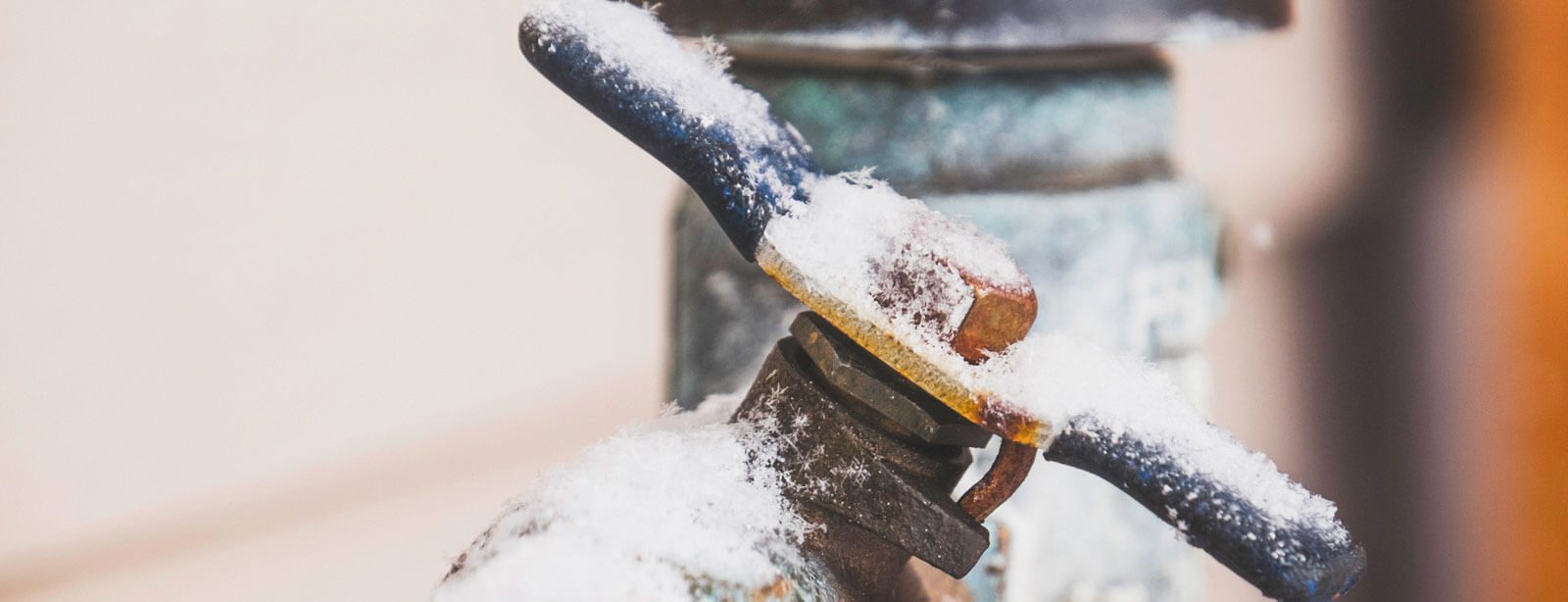Preventing Frozen Plumbing in Winter: Professional Strategies
Preventing Frozen Plumbing in Winter: Professional Strategies
Blog Article
Nearly everybody seems to have their own idea on the subject of 6 Ways to Prevent Frozen Pipes.

Winter can wreak havoc on your pipes, specifically by freezing pipelines. Below's exactly how to prevent it from happening and what to do if it does.
Intro
As temperatures drop, the risk of frozen pipes boosts, potentially leading to expensive fixings and water damages. Recognizing exactly how to avoid icy pipes is important for homeowners in cool climates.
Prevention Tips
Shielding prone pipes
Wrap pipes in insulation sleeves or make use of heat tape to secure them from freezing temperatures. Focus on pipes in unheated or external areas of the home.
Heating strategies
Keep interior rooms adequately heated up, particularly locations with pipes. Open cupboard doors to allow warm air to distribute around pipelines under sinks.
Exactly how to identify icy pipes
Look for lowered water flow from faucets, unusual smells or sounds from pipelines, and visible frost on exposed pipes.
Long-Term Solutions
Structural adjustments
Take into consideration rerouting pipes away from outside walls or unheated locations. Include added insulation to attic rooms, basements, and crawl spaces.
Upgrading insulation
Purchase high-quality insulation for pipelines, attics, and walls. Correct insulation aids maintain constant temperature levels and minimizes the threat of frozen pipes.
Protecting Outdoor Pipes
Yard pipes and exterior faucets
Disconnect and drain pipes yard pipes prior to winter months. Set up frost-proof faucets or cover exterior taps with shielded caps.
Recognizing Icy Pipelines
What creates pipelines to ice up?
Pipelines freeze when revealed to temperatures listed below 32 ° F (0 ° C) for extended periods. As water inside the pipelines ices up, it increases, putting pressure on the pipe walls and possibly triggering them to burst.
Risks and damages
Icy pipes can result in supply of water disturbances, residential property damage, and costly repairs. Ruptured pipes can flooding homes and cause considerable architectural damage.
Indicators of Frozen Pipeline
Identifying frozen pipelines early can stop them from breaking.
What to Do If Your Pipes Freeze
Immediate actions to take
If you suspect frozen pipes, keep taps open to relieve stress as the ice thaws. Utilize a hairdryer or towels soaked in hot water to thaw pipelines slowly.
Verdict
Protecting against icy pipelines needs aggressive actions and fast reactions. By comprehending the causes, indicators, and safety nets, home owners can protect their pipes throughout cold weather.
6 Proven Ways to Prevent Frozen Pipes and Protect Your Home
Disconnect and Drain Garden Hoses
Before winter arrives, start by disconnecting your garden hoses and draining any remaining water. Close the shut-off valves that supply outdoor hose bibs and leave the outdoor faucet open to allow any residual water to drain. For extra protection, consider using faucet covers throughout the colder months. It’s also important to drain water from any sprinkler supply lines following the manufacturer’s directions.
Insulate Exposed Pipes
Insulating your pipes is an effective way to prevent freezing. Pipe insulation is readily available at home improvement stores and is relatively inexpensive. Pay close attention to pipes in unheated areas such as the attic, basement, crawl spaces, or garage. Apply foam insulation generously to create a buffer against the cold. You can also wrap your pipes in heat tape or thermostat-controlled heat cables for added warmth.
Seal Air Leaks
Inspect your home for any cracks or openings that could let in cold air. Seal any holes around the piping in interior or exterior walls, as well as the sill plates where your home rests on its foundation. Additionally, make sure to keep your garage door closed unless you’re entering or exiting. Leaving it open creates a significant air leak that can lead to frozen pipes.
Allow Warm Air Circulation
During cold snaps, it’s essential to allow warm air to circulate evenly throughout your home. Leave interior doors ajar to promote better airflow. Open kitchen and bathroom cabinets to help distribute heat consistently around the rooms. If you have small children or pets, be sure to remove any household chemicals or potentially harmful cleaners from open cabinets for safety.
Let Faucets Drip
A small trickle of water can make a big difference in preventing ice formation inside your pipes. When temperatures drop significantly, start a drip of water from all faucets served by exposed pipes. This continuous flow helps prevent the water from freezing. Additionally, running a few faucets slightly can relieve pressure inside the pipes, reducing the chances of a rupture if the water inside does freeze.
https://choateshvac.com/6-proven-ways-to-prevent-frozen-pipes-and-protect-your-home/

Hopefully you liked our part on Winter Plumbing Precautions: Preventing Frozen Pipes. Thanks a ton for taking a few minutes to read our article. Enjoyed reading our post? Please share it. Let others discover it. I praise you for your time. Come back soon.
Schedule Service Report this page